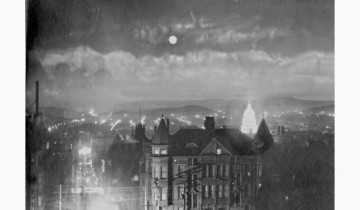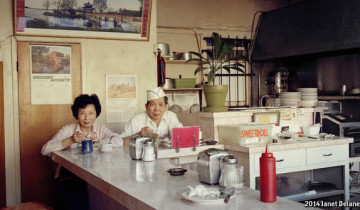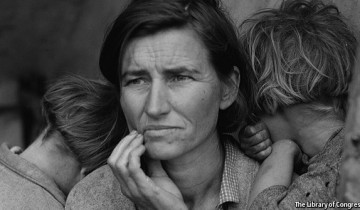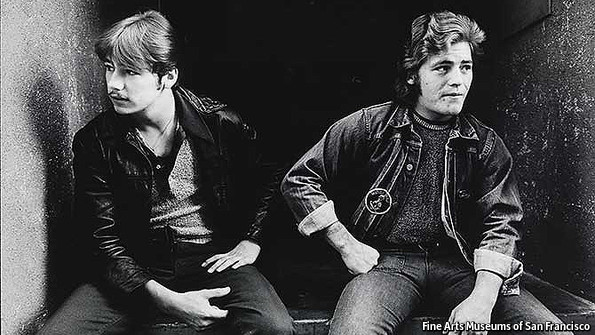 The Barbican Art Gallery is offering a glimpse of life in downtown Manhattan in the early 1970s — at least through the eyes of a particular group of artists. The “Pioneers of the Downtown Scene, New York 1970s” exhibition, at the gallery through May 22, features sculptures, drawings, photographs, documentation of performances, and mixed-media works.
The Barbican Art Gallery is offering a glimpse of life in downtown Manhattan in the early 1970s — at least through the eyes of a particular group of artists. The “Pioneers of the Downtown Scene, New York 1970s” exhibition, at the gallery through May 22, features sculptures, drawings, photographs, documentation of performances, and mixed-media works.
Featured artists include the performance artist and musician Laurie Anderson, the choreographer Trisha Brown and the artist Gordon Matta-Clark. All three sought creative inspiration from the dilapidated buildings and derelict urban spaces that filled the downtown area at that time, thanks, in part, to a stagnant economy and an increase in crime. The show features roughly 160 works, some never seen previously outside of New York.
“I started developing the exhibition shortly after the start of the current recession and was struck how these artists in the late 1960s and early 1970s managed to make such poetic and powerful work out of very modest means,” said Lydia Yee, the show’s curator. “It’s been refreshing to revisit this period after the excesses of the art market boom of the past decade.”
The exhibition aims to show how urban landscapes, not paint canvases, became the workspace for these artists. Film footage shows performers dancing on rooftops and harnessing themselves to ropes and walking down the sides of buildings; elsewhere, Mr. Matta-Clark climbs the clock tower in downtown Manhattan, then takes a shower and brushes his teeth. A large blue garbage dumpster, covered in graffiti, is converted into a living space.
Photographs show Ms. Anderson sleeping at public spaces like the beach at Coney Island and the Columbia University library bathroom to see how each location affected her dreams. Elaborate pencil and marker sketches show the intricate planning behind Ms. Brown’s performances and Ms. Anderson’s ideas, including “Duet for Violin and Door Jamb” and “Doormat Love Song,” which include items like generators, light bulbs and microphones.
Each day at the Barbican, dancers perform some of Ms. Brown’s works from that period, including “Walking on the Wall,” and “Floor of the Forest”; for the latter, performers crawl around on what appears to be a clothesline, slipping in and out of clothing items.
Ms. Yee acknowledged that this art is clearly specific to a time and place. “Artists and curators have commented on the fact that you can’t do this type of performance in New York City, or London, today without obtaining permissions, insurance or safety checks,” she said.
The full story is at the NEW YORK TIMES.
Photo courtesy of Barbican Art Gallery



